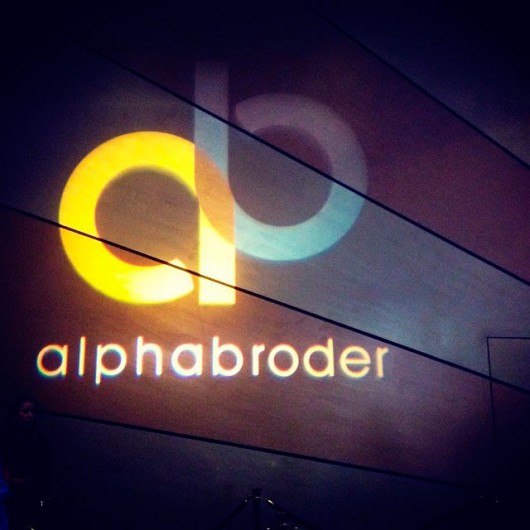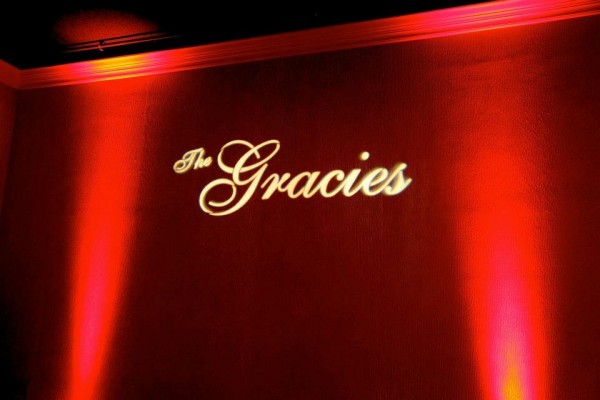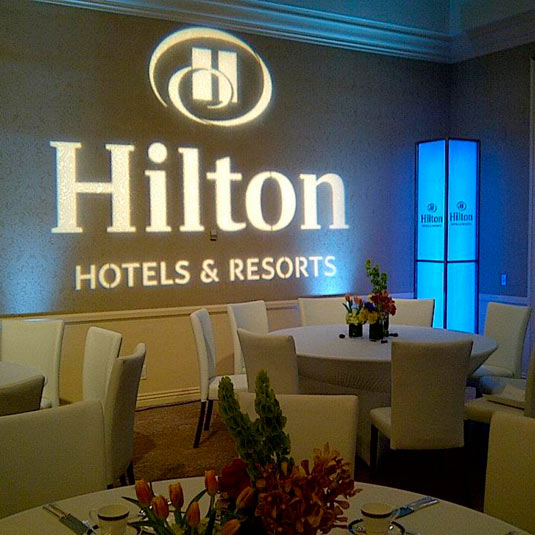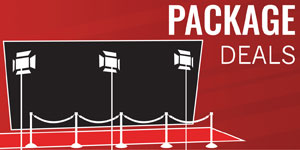 Among the types of lights used in various forms of theater is the gobo light, in which a physical stencil is fitted in front of a source of focused light – or within the focal plane of the lighting instrument itself – so as to reshape and recolor the light that the source casts upon whatever it is pointed at. The potentially elaborate sequences of patterned light that a gobo projects are used to add flair and atmosphere to many types of on-stage presentations, whether they present an announcement of a new product, a wedding ceremony, a stage performance, or a corporate event of some kind. Furthermore, gobos may be used to enhance interior design with themed lighting, and are capable of giving a flat surface the illusion of rugged texture. Creative new applications of gobos continue to be discovered.
Among the types of lights used in various forms of theater is the gobo light, in which a physical stencil is fitted in front of a source of focused light – or within the focal plane of the lighting instrument itself – so as to reshape and recolor the light that the source casts upon whatever it is pointed at. The potentially elaborate sequences of patterned light that a gobo projects are used to add flair and atmosphere to many types of on-stage presentations, whether they present an announcement of a new product, a wedding ceremony, a stage performance, or a corporate event of some kind. Furthermore, gobos may be used to enhance interior design with themed lighting, and are capable of giving a flat surface the illusion of rugged texture. Creative new applications of gobos continue to be discovered.
 The history of gobo lighting traces its roots to the original invention of light bulbs themselves, the concept of which was first put forth at the dawn of the nineteenth century by Sir Humphry Davy; over seventy years later, Sir Joseph Swan achieved a longer-lasting form of the electric light concept, and by 1881, his new electric lanterns were used to render the newly-opened Savoy Theater in the City of Westminster the world’s first electrically-lit public building.
The history of gobo lighting traces its roots to the original invention of light bulbs themselves, the concept of which was first put forth at the dawn of the nineteenth century by Sir Humphry Davy; over seventy years later, Sir Joseph Swan achieved a longer-lasting form of the electric light concept, and by 1881, his new electric lanterns were used to render the newly-opened Savoy Theater in the City of Westminster the world’s first electrically-lit public building.
 By 1933, the usage of electric lights had proliferated throughout society to the extent that stage lighters began experimenting with lantern designs that allowed shutters to be quickly and easily overlaid upon segments of the light source, concealing portions of a stage in darkness; these shutters were allegedly named “gobo”, a shortening of the phrase “go blackout”, because of this. As time progressed, lighting design took shape as a field when designers experimented with modifications to these shutters such as cutting out shapes, which resulted in patterned stage lighting; this outcome remains one of the most important principles of modernized gobo light usage.
By 1933, the usage of electric lights had proliferated throughout society to the extent that stage lighters began experimenting with lantern designs that allowed shutters to be quickly and easily overlaid upon segments of the light source, concealing portions of a stage in darkness; these shutters were allegedly named “gobo”, a shortening of the phrase “go blackout”, because of this. As time progressed, lighting design took shape as a field when designers experimented with modifications to these shutters such as cutting out shapes, which resulted in patterned stage lighting; this outcome remains one of the most important principles of modernized gobo light usage.
Need to Rent some Gobo Lights?
Call our Lighting Expert at 323-378-6975 or Email us






